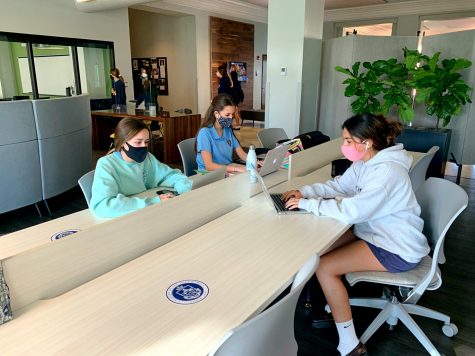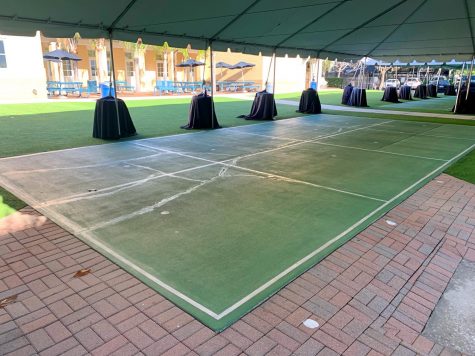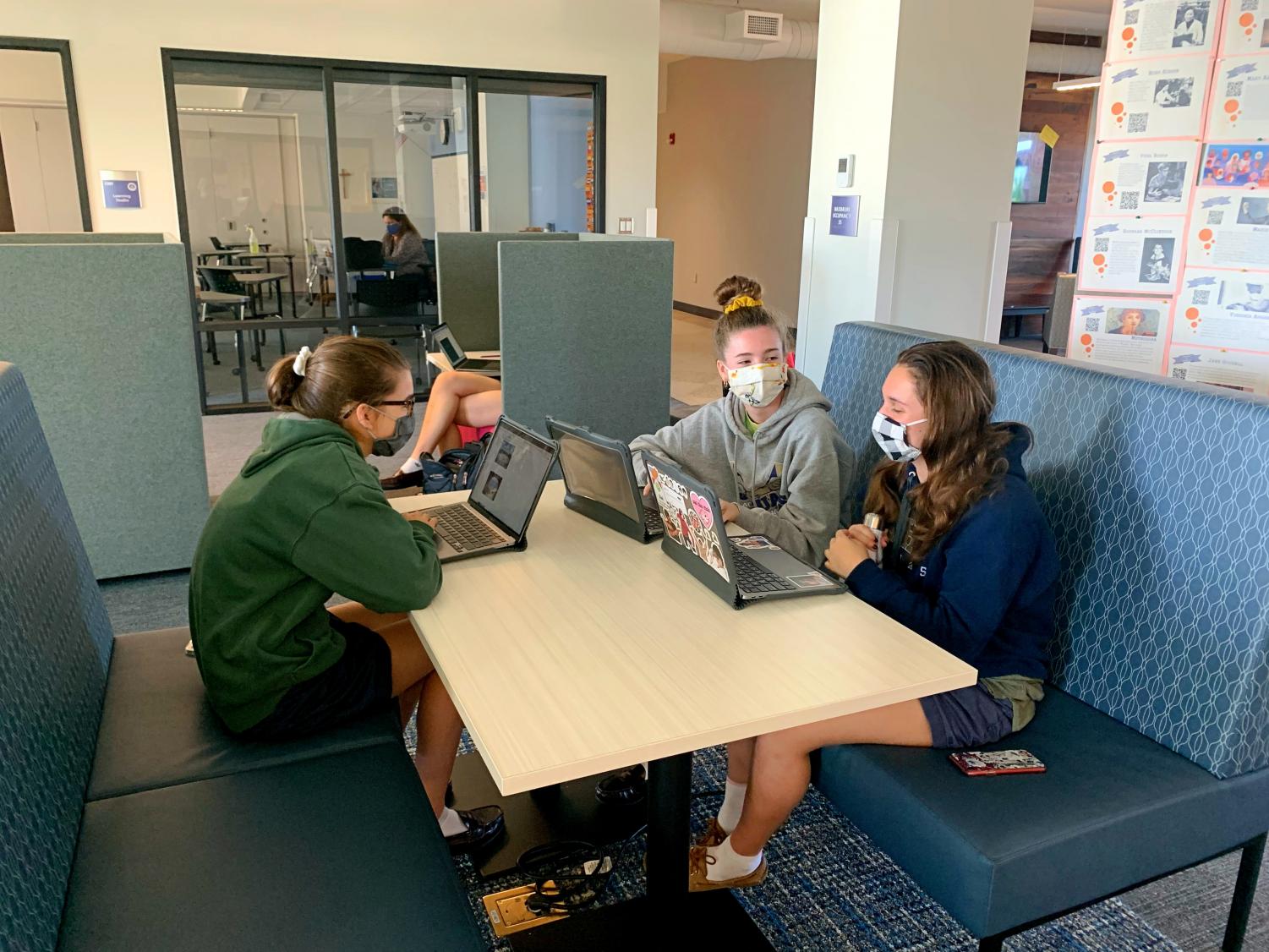The Coronavirus: the Academy One Year Later
March 19, 2021
A year ago, on March 13, the Academy announced that they were making the switch to virtual learning in an effort to prevent widespread infection with the coronavirus. Since then, the disease has taken more than 530,000 American lives and changed every aspect of American society from travel to its workforce. Even the way people shop for groceries has been changed by directional arrows and mask requirements. However, one of the greatest concerns has been the lasting effect it will have on the next generation of Americans.
No one can discredit the fact that online and in-person learning are massively different. The workload remains the same for online and in-person students despite the contrast in their learning experiences. And, though many students across the nation have enjoyed online learning, their academic performance as a whole is declining.
“It makes me more distracted having to wear a mask,” says Katelyn Butler (‘22). “It makes me focus more on my mask than what’s going on in class.”
Junior Claire Wong says, “Personally, I don’t think my grades have been affected drastically by the coronavirus. However, I feel like my grades and motivation could be better. I usually am motivated to work harder when I have events to look forward to but there are less events due to COVID.”

Teachers are also struggling to adapt to a corona-filled world alongside their students. Unlike students, however, teachers have to balance between the computer and the classroom. With girls learning both online and in-person, teachers find it difficult to ensure that both parties remain engaged. History Teacher Lori Kearney says, “It has made it really hard on teachers. We’re trying to teach kids in class and virtually. We’re literally building the plane as we’re flying it.”
“I think Covid has affected students’ performance,” says chemistry teacher Dr. Carson Dobrin. “School is already challenging enough and I think this has added another layer to that.”
But it’s not just the educational aspect of school that’s changed. Many sports are contact-based and athletes could be at a higher risk of contracting the virus. Even sports that don’t require contact have had to adapt to a new world with Covid.
“Cross country was different,” says junior team-member Elise Favret. “We weren’t allowed to practice at [the] Academy. We couldn’t have morning practices. And, even though our team still performed well, the team-bonding was lower than it normally is.”
Even sitting at lunch has been altered by the pandemic. Students who eat outside are now required to sit on socially-distanced dots while students who eat in the Brady Center have to sit in long horizontal rows. The separation hinders students’ ability to relax and converse with their friends more freely.

“I feel like I can’t talk to my friends,” says Maria Alvarez (‘22). “I have to yell at them.”
Freshmen have especially been hurt by the coronavirus’s impact on social interaction. The start of high school is supposed to be an exciting time of going to football games, first dances, and making new friends. But with girls having to sit six feet apart at everything from lunch to class, it can be harder for those relationships to form.
“Yes, [I think the coronavirus has made it harder for freshmen to adapt to high school]. We haven’t been able to go to football games or have a formal or a homecoming,” says Tegan Drinkwater (’24). “We have to wear a mask and we haven’t been able to do everything everyone else got to do like the Busch Gardens trip.”
Sophomore Emma Leavy says, “I feel like this has affected freshmen a lot because they’ve never experienced high school without corona. I think it would be very difficult to start a new school and classes with a global pandemic happening.”

